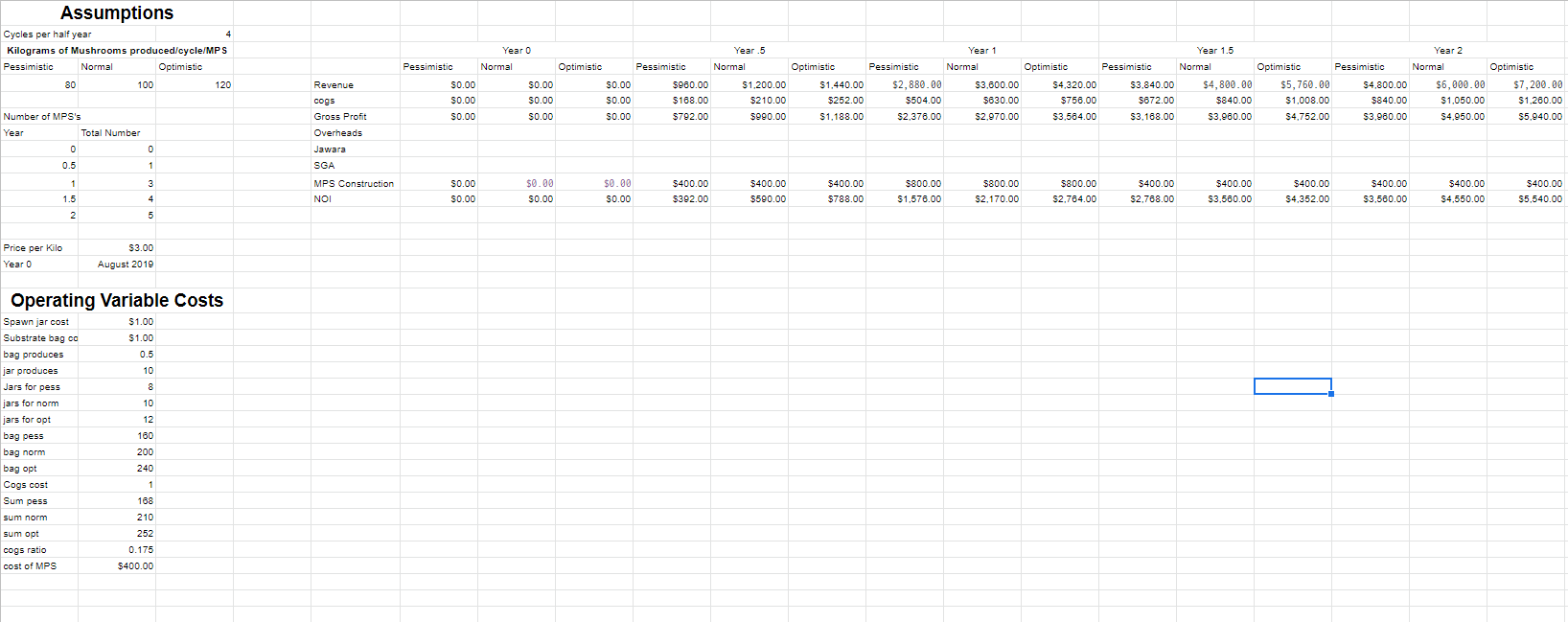Step 1: We know that the case takes place in Lesotho, a small and very poor country completely surrounded by South Africa. The purpose of the study is to understand and track a disease causing pathogen that is known to be present in fresh water sources. The 11 researchers and I want look at how locals store water as well and test the water for this pathogen. The test is quick and easy to do.
Step 2: Some important stakeholders are the community members, researchers, healthcare providers, the government of Lesotho, and the funding sources (like a university or other donors).
Step 3: Motivations
community members: In this specific context, their largest motivations would be their own well being/health and the opportunity to make money.
Researchers: They are likely motivated by their work both in terms of potential societal benefits and social and professional recognition that comes with a project such as this.
Government: They certainly care about the well being of their citizens, but maybe more important to them might be leveraging an impactful project they facilitated into votes and portraying to the outside world a sense of self determination while still seeking necessary help.
Grant funders: They hopefully share the same motivations as the researchers. They should be aligned and in this case I think they likely are.
Healthcare Workers: As professionals, the health of the community is the primary concern.
Step 4: Solutions
Solution 1: Pay anyone who helps you a fair wage for the amount of time they dedicated to your work. This seems like something Kant would approve of (duty based). This would improve relationships with the community and maybe you will get better info. There of course could be complications if people are being payed differently or are unhappy with what you pay them. It could also be costly.
Solution 2: Compensate in means other than money such as meal(s). We called this virtue based. I think this mostly has the same pros as solution 1. The only foreseeable issues are how much people get and any unhappiness they get from not receiving money.
Solution 3: Don’t pay them anything. This is consequence based thinking. In the end this research will likely benefit them and their help is completely voluntary. This will be great in terms of cost. The most problematic consequence of this is that the most helpful people may be unwilling to help for free.
Step 5: In my personal experience, people in these kinds of settings expect to be payed for this kind of work, especially when white people are involved. It always worked well for us to pay them.
Step 6: Based on prior solutions and the facts of the case, solution 1 seems like it would work the best. This is because our data will be better if we ensure that we have the most helpful people working with us. The quality of the data is directly reliant on the quality of the help we get. Our first step would be to determine who we want to work for us wand what a fair wage is.
Step 7: Community members will now likely seek money in the future for any similar work. This could be problematic for other researchers in the future.

